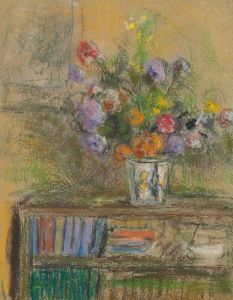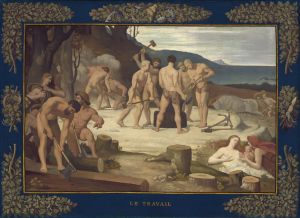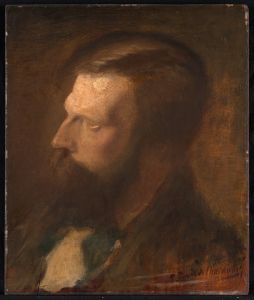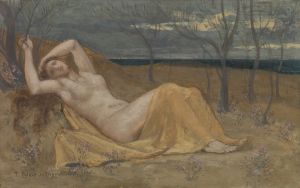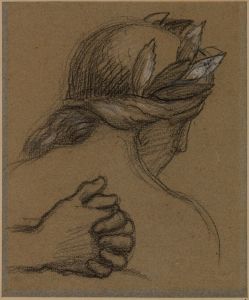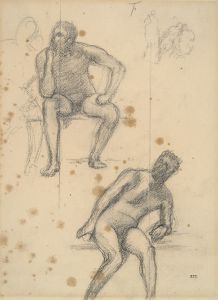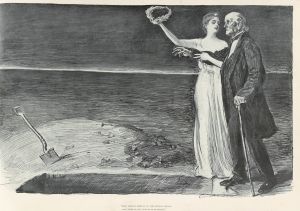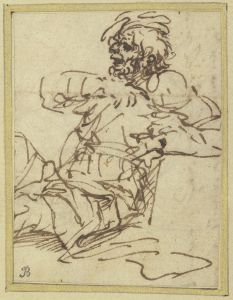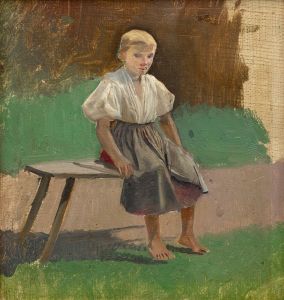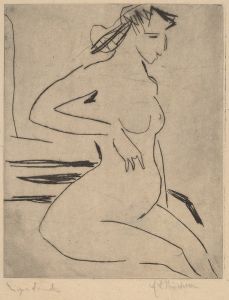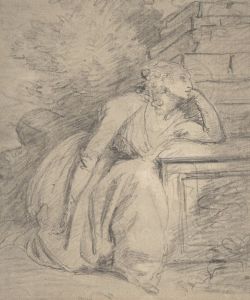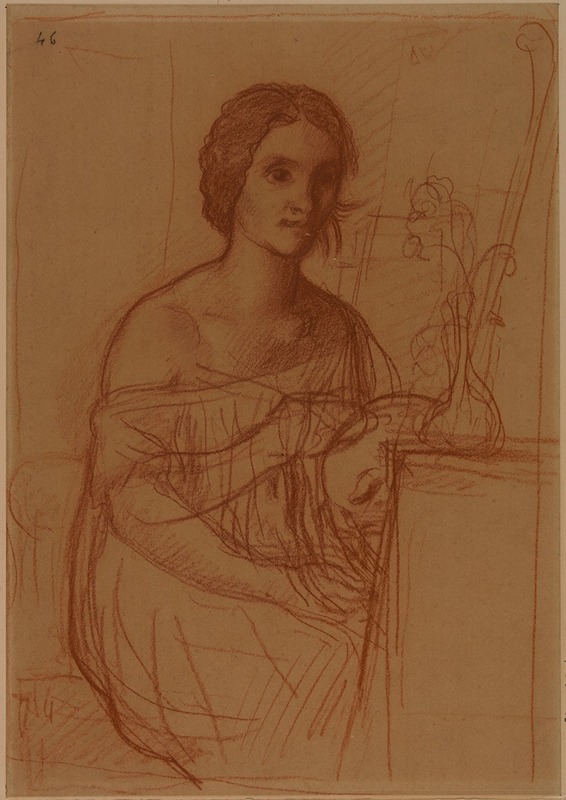
Une femme assise, peignant un vase
A hand-painted replica of Pierre Puvis de Chavannes’s masterpiece Une femme assise, peignant un vase, meticulously crafted by professional artists to capture the true essence of the original. Each piece is created with museum-quality canvas and rare mineral pigments, carefully painted by experienced artists with delicate brushstrokes and rich, layered colors to perfectly recreate the texture of the original artwork. Unlike machine-printed reproductions, this hand-painted version brings the painting to life, infused with the artist’s emotions and skill in every stroke. Whether for personal collection or home decoration, it instantly elevates the artistic atmosphere of any space.
Pierre Puvis de Chavannes was a notable French painter of the 19th century, renowned for his mural paintings and his influence on the Symbolist movement. One of his works, "Une femme assise, peignant un vase" (A Seated Woman, Painting a Vase), exemplifies his unique style and thematic focus. This painting reflects Puvis de Chavannes' interest in classical themes and his ability to convey serenity and timelessness through his art.
Puvis de Chavannes was born on December 14, 1824, in Lyon, France. He initially pursued a career in engineering but turned to painting after a period of illness. He studied under several artists, including Eugène Delacroix, and was influenced by the works of Théodore Chassériau. His style evolved to emphasize simplicity, clarity, and a muted color palette, which became his signature approach.
"Une femme assise, peignant un vase" is a work that captures the essence of Puvis de Chavannes' artistic philosophy. The painting depicts a woman seated, engaged in the act of painting a vase. This subject matter aligns with Puvis de Chavannes' frequent exploration of themes related to art, creativity, and the classical world. The composition is likely characterized by a sense of calm and balance, typical of his work, which often sought to evoke a sense of harmony and timelessness.
Puvis de Chavannes was known for his ability to blend classical themes with a modern sensibility, creating works that were both accessible and profound. His paintings often featured figures in contemplative poses, set against backgrounds that suggested an idealized, almost dreamlike world. This approach resonated with the Symbolist movement, which sought to express ideas and emotions through symbolic imagery and was influential in the development of modern art.
Throughout his career, Puvis de Chavannes received numerous commissions for public murals, which were highly regarded for their grandeur and thematic depth. His work on murals such as those in the Panthéon in Paris and the Boston Public Library cemented his reputation as a master of large-scale compositions. While "Une femme assise, peignant un vase" is not a mural, it likely shares the same qualities of compositional harmony and thematic richness that characterized his larger works.
Puvis de Chavannes' influence extended beyond his lifetime, impacting artists such as Paul Gauguin, Georges Seurat, and even Pablo Picasso. His emphasis on flat, decorative surfaces and the use of color to convey mood and meaning were elements that would be further developed by these and other artists in the late 19th and early 20th centuries.
In summary, "Une femme assise, peignant un vase" by Pierre Puvis de Chavannes is a testament to the artist's ability to convey timeless themes through a serene and balanced composition. While specific details about this painting may be limited, it undoubtedly reflects the qualities that made Puvis de Chavannes a pivotal figure in the transition from traditional to modern art. His work continues to be celebrated for its aesthetic beauty and its contribution to the evolution of artistic expression.





